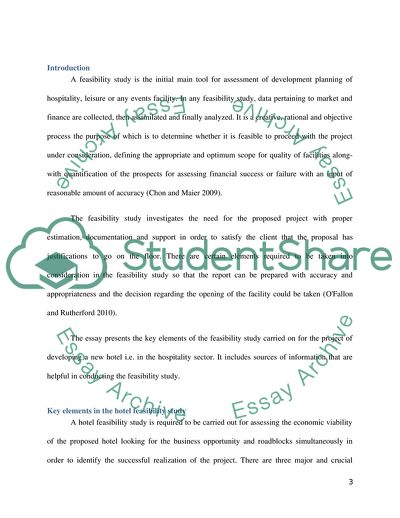Cite this document
(Key Elements in the Hotel Feasibility Study Report, n.d.)
Key Elements in the Hotel Feasibility Study Report. https://studentshare.org/tourism/1794874-discuss-the-key-elements-that-need-to-be-considered-in-a-feasibility-study-for-the-development-of-a-new-hospitality-tourism-or-events-facility-eg-hotel-visitor-attraction-or-conference-centre
Key Elements in the Hotel Feasibility Study Report. https://studentshare.org/tourism/1794874-discuss-the-key-elements-that-need-to-be-considered-in-a-feasibility-study-for-the-development-of-a-new-hospitality-tourism-or-events-facility-eg-hotel-visitor-attraction-or-conference-centre
(Key Elements in the Hotel Feasibility Study Report)
Key Elements in the Hotel Feasibility Study Report. https://studentshare.org/tourism/1794874-discuss-the-key-elements-that-need-to-be-considered-in-a-feasibility-study-for-the-development-of-a-new-hospitality-tourism-or-events-facility-eg-hotel-visitor-attraction-or-conference-centre.
Key Elements in the Hotel Feasibility Study Report. https://studentshare.org/tourism/1794874-discuss-the-key-elements-that-need-to-be-considered-in-a-feasibility-study-for-the-development-of-a-new-hospitality-tourism-or-events-facility-eg-hotel-visitor-attraction-or-conference-centre.
“Key Elements in the Hotel Feasibility Study Report”. https://studentshare.org/tourism/1794874-discuss-the-key-elements-that-need-to-be-considered-in-a-feasibility-study-for-the-development-of-a-new-hospitality-tourism-or-events-facility-eg-hotel-visitor-attraction-or-conference-centre.


